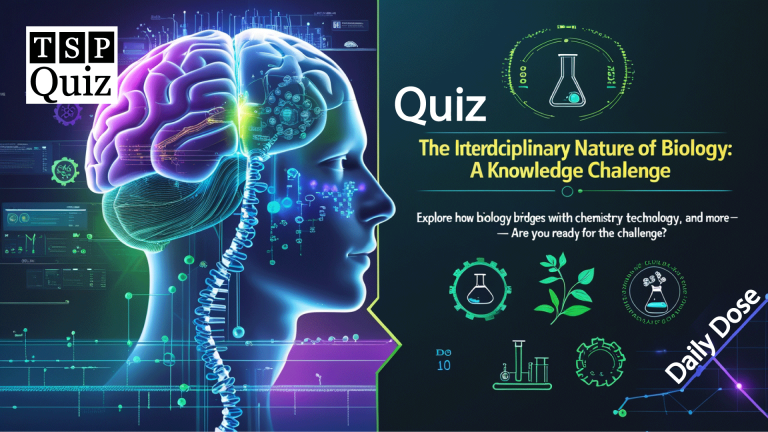Sources and Evidence of Evolution
Attempt Quiz: Sources and Evidence of Evolution
Test your knowledge! Can you match these key sources and evidence of evolution—fossils, genetics, anatomy—with their correct examples? Take the quiz now!
Top FAQs on the Sources and Evidence of Evolution
What are the major sources of evidence for evolution?
The major sources of evidence for evolution include fossils, comparative anatomy, embryology, and selective breeding. Fossils reveal the existence of ancient life forms, while anatomical similarities suggest common ancestry. Selective breeding shows how traits can change over generations. Together, these sources support the scientific theory of evolution with observable proof.
How do fossils provide evidence for evolutionary change?
Fossils offer direct evidence of ancient organisms and their structural features. Over time, fossil records reveal gradual changes in species. This allows scientists to trace the evolutionary path of organisms and understand how new species have emerged. Therefore, fossils serve as a timeline of life on Earth.
Why are homologous structures important in understanding evolution?
Homologous structures are body parts that share a similar basic structure but may serve different functions. These structures suggest that species with such similarities evolved from a common ancestor. For example, the limb bones of humans, cats, and whales follow a similar pattern, despite their different uses.
What is selective breeding and how does it demonstrate evolution?
Selective breeding is the human-controlled process of choosing specific traits to pass on in plants or animals. Over time, this process leads to noticeable changes in the population. It mirrors natural selection and proves that species can change through inherited traits over generations.
How does comparative anatomy support the theory of evolution?
Comparative anatomy examines structural similarities and differences among organisms. When multiple species share similar structures, it suggests a shared ancestry. However, variations in function highlight how evolution adapts organisms to different environments. This evidence strengthens our understanding of evolutionary patterns.







